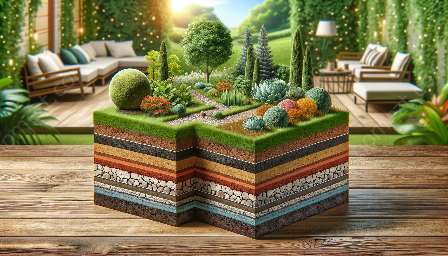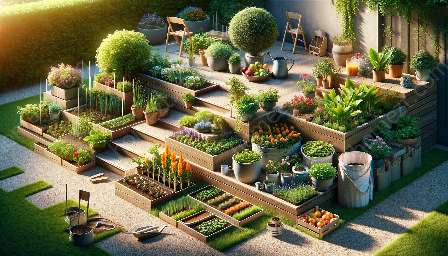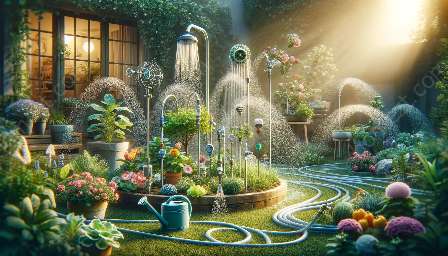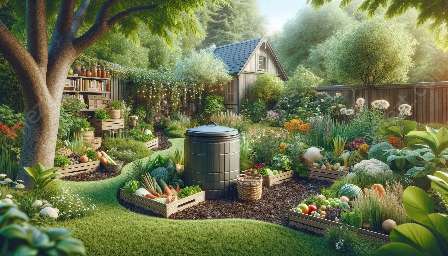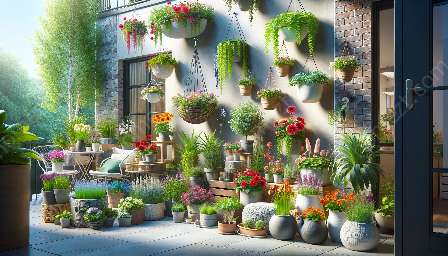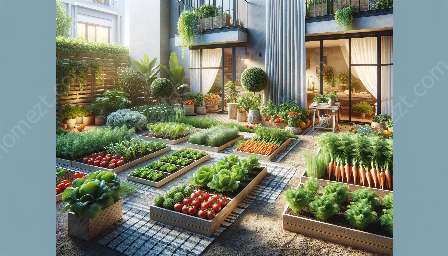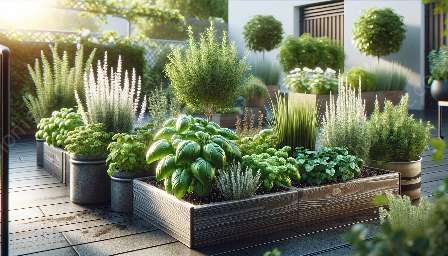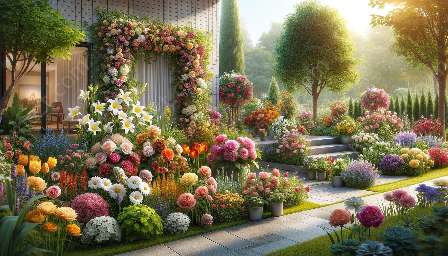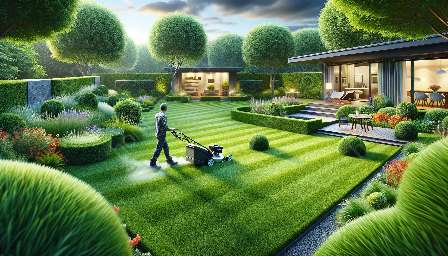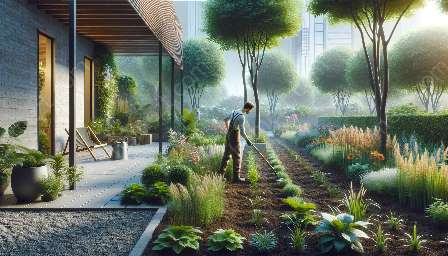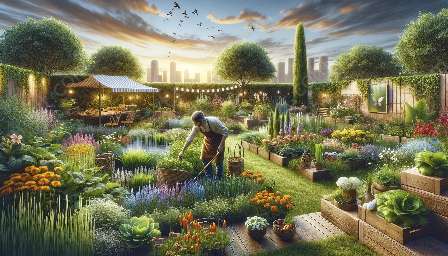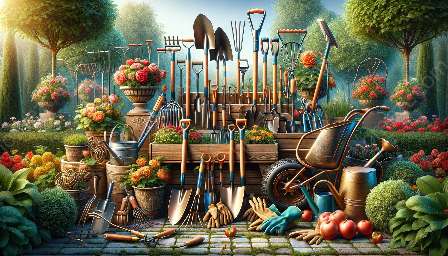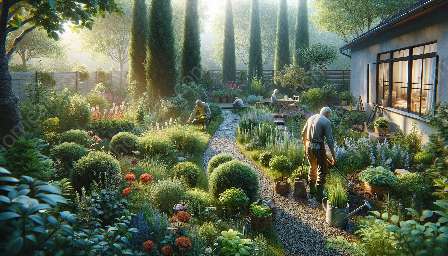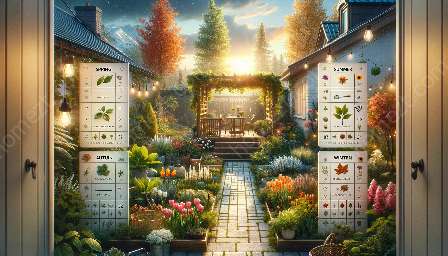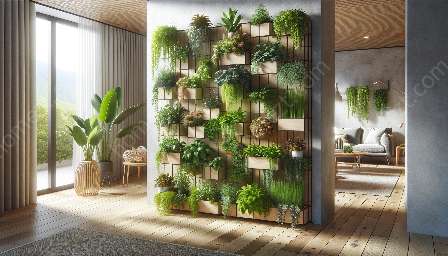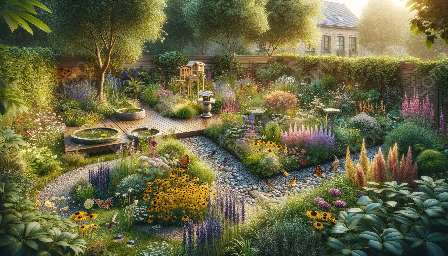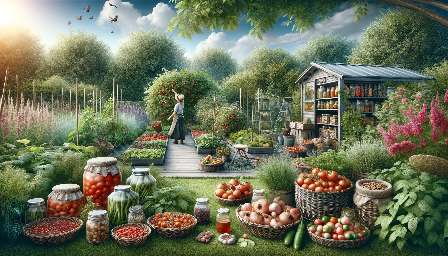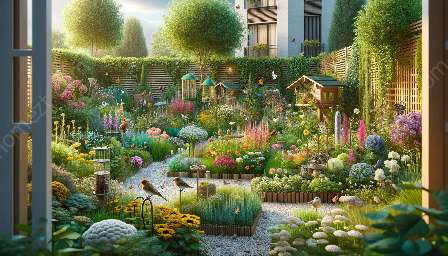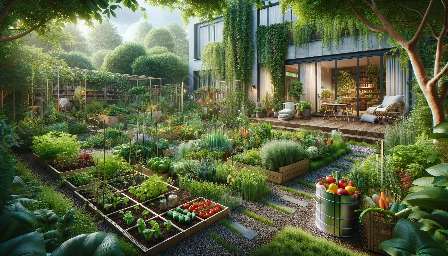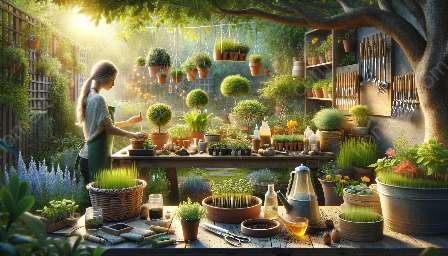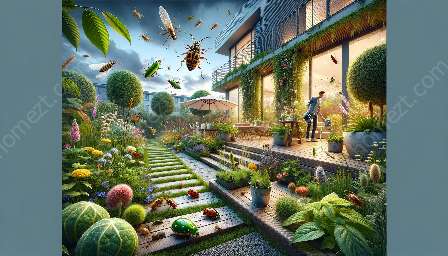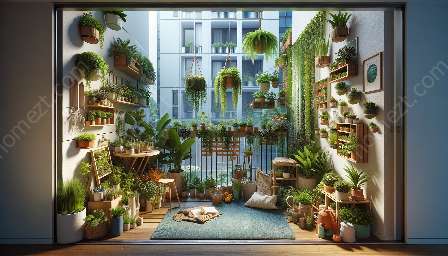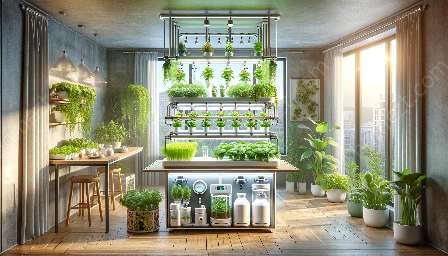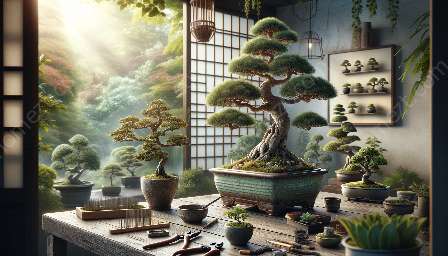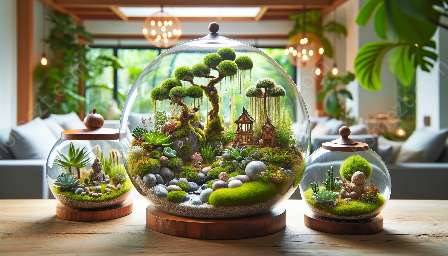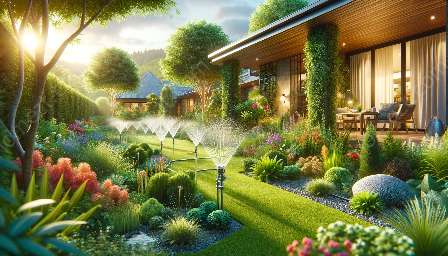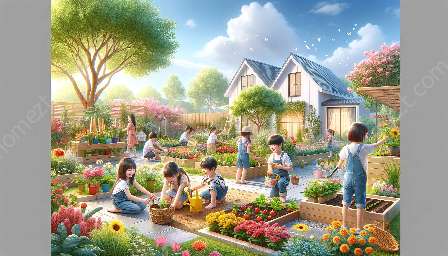Introduction to Seed Saving and Storage
Seed saving and storage are vital aspects of gardening and home improvement, allowing individuals to preserve and propagate plant varieties from season to season. By understanding the best practices for seed saving and proper storage techniques, gardeners can ensure a sustainable and bountiful harvest year after year.
The Importance of Seed Saving and Storage
Seed saving is essential for maintaining biodiversity and preserving heirloom and rare plant varieties. By saving seeds from strong, healthy plants, gardeners can develop resilient and well-adapted crops that are well-suited to their specific growing conditions. Additionally, seed saving reduces dependence on commercial seed suppliers and empowers gardeners to take control of their own food production.
Seed Saving Methods
1. Open-Pollinated Plants: Open-pollinated plants are ideal for seed saving as they produce offspring with consistent traits. By isolating varieties to prevent cross-pollination, gardeners can ensure the purity of saved seeds.
2. Wet and Dry Seed Processing: Depending on the plant species, seeds may require different processing methods. Wet processing involves separating seeds from pulp and debris, while dry processing involves allowing seeds to naturally dry before storage.
Seed Storage Techniques
1. Cool, Dark, and Dry Environment: Proper seed storage requires a cool, dark, and dry environment to maintain seed viability. Utilize airtight containers and desiccants to absorb excess moisture and prolong seed shelf life.
2. Labeling and Organization: It is crucial to label saved seeds with essential information, including plant variety, date of collection, and any specific growing instructions. Organizing seeds in a systematic manner ensures easy access and retrieval.
Seed Saving and Home Improvement
Seed saving is an integral part of home improvement, enabling homeowners to cultivate a diverse and vibrant garden landscape. By incorporating saved seeds into landscaping projects, individuals can create an environmentally conscious and sustainable outdoor space that reflects their unique tastes and preferences.
Conclusion
Seed saving and storage are invaluable practices for gardeners and home improvement enthusiasts. By embracing these techniques, individuals can contribute to the preservation of plant diversity, reduce environmental impact, and enhance their gardening and home improvement endeavors.

